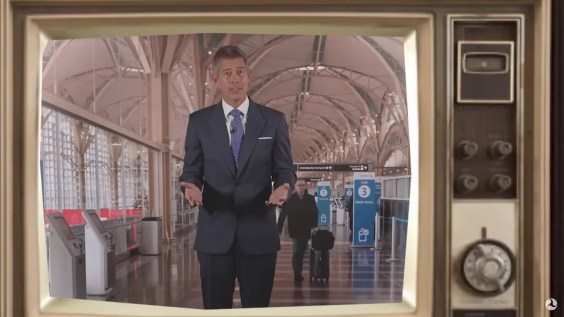
New Yorkers think their city is very livable, a new survey conducted by the Municipal Art Society shows, but livability isn't equitably distributed across the five boroughs. To make the city truly livable, said panelists today at an MAS conference, New York needs to figure out how to bring its best features to all neighborhoods.
Overall, New Yorkers like their city: 84 percent of those surveyed said they were satisfied or very satisfied with living in New York City, and 82 percent said the same about their neighborhoods.
Perhaps part of that satisfaction comes from living in the American city least dominated by the automobile. The two neighborhood characteristics that New Yorkers were most satisfied with were access to transit (93 percent) and neighborhood walkability (85 percent).
However, the MAS survey showed huge disparities in the degree to which New Yorkers find their neighborhoods to be livable. Overall, while 22 percent of African-Americans and 29 percent of Latinos were dissatisfied with their neighborhoods, only nine percent of whites were. Only eight percent of whites disagreed that their neighborhood was a good place to walk, while 18 percent of African-Americans and 19 percent of Latinos disagreed.
In the words of MAS Urban Fellow Mary Rowe, "If you're white, you're male, you're under 45, and you're making more than 75K, the city's working well for you. Duh."
Transportation Alternatives Executive Director Paul Steely White offered a pair of specific examples from the transportation perspective. "It's troubling that those improvements on First and Second Avenue," which had been presented earlier in the morning by Transportation Commissioner Janette Sadik-Khan, "stop at 34th Street," said White. T.A. is receiving letters from East Harlem residents asking what happened to their bike lanes, he said.
Additionally, White brought up the city's plaza program, which reclaims street space for pedestrians. He noted that the marquee plazas along Broadway are maintained by the local business improvement districts, which in those neighborhoods have the capital to invest in public space. Implementing that same funding model in Corona, where the safety and open space that plazas bring is badly needed, might not be possible, explained White.
Accordingly, much of the discussion focused on how to make sure all neighborhoods are livable, not just those with a certain demographic profile. Robert McNulty, the CEO of Partners for Livable Communities, urged large, established city institutions -- like the government, museums and universities -- to invest more in disadvantaged neighborhoods. "Take your wealth and spread it into the other boroughs," he urged.
Rowe called attention to housing authority land as an underutilized resource. "Invest in assets we already own," she said. "Turn those areas in public space, into the mixing space that Jan Gehl talks about." Working through NYCHA could also help focus livability efforts on areas in need of them.
White pointed to another agency as ideal for bringing livability into low-income areas: the city's Economic Development Corporation. Job creation and livable areas are mutually reinforcing, he said, and EDC would be perfectly equipped to make livable places a part of its efforts to bolster local economies, if it weren't so in thrall to mega-developments and mega-parking lots. "EDC really needs to undergo a revolution and understand that this stuff isn't just window dressing," said White.
A later panel on the city's changing demographic highlighted two groups likely to make up an ever larger shared of the city's population in coming years, and who may have particular demands for a livable neighborhood.
Between 2007 and 2030, explained Joseph Salvo, the director of the Department of City Planning's Planning Division, New York City's senior population is going to rise from around 926,000 to 1,352,000. At the same time, the city's population will continue to be fed by a stream of immigrants from across the world (in a graph showing the countries of origin of New York City's immigrants, a full 46 percent had to be lumped under "other").
And as the face of New York City continues to change, so too will the definition of livability. Gordon Campbell, the head of the United Way of New York City, pointed to the Age-Friendly New York City initiative as a model. Regarding city streets, he argued for pedestrian improvements targeted at slower walkers, elevators in the subways, and age-friendly bike paths.
Salvo noted that 1.8 million New Yorkers over the age of five have limited English proficiency and that almost half of Queens' population is foreign-born. Equal access and open communications, therefore, are key to any livability initiative that would include the city's entire population.





